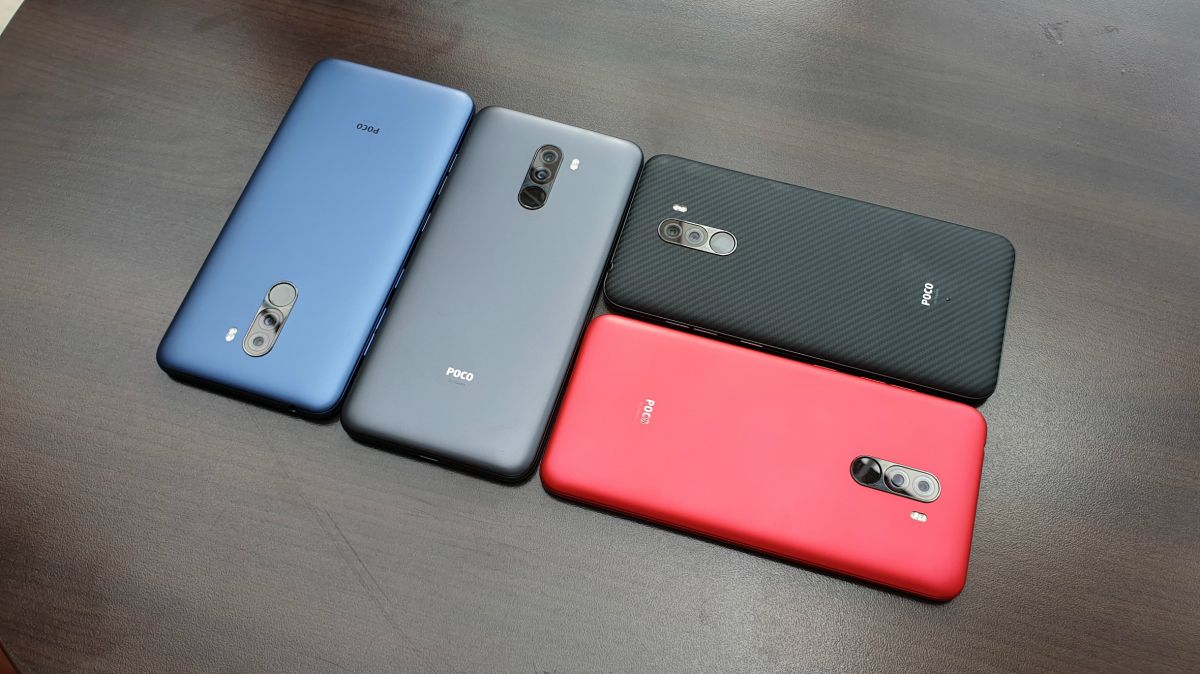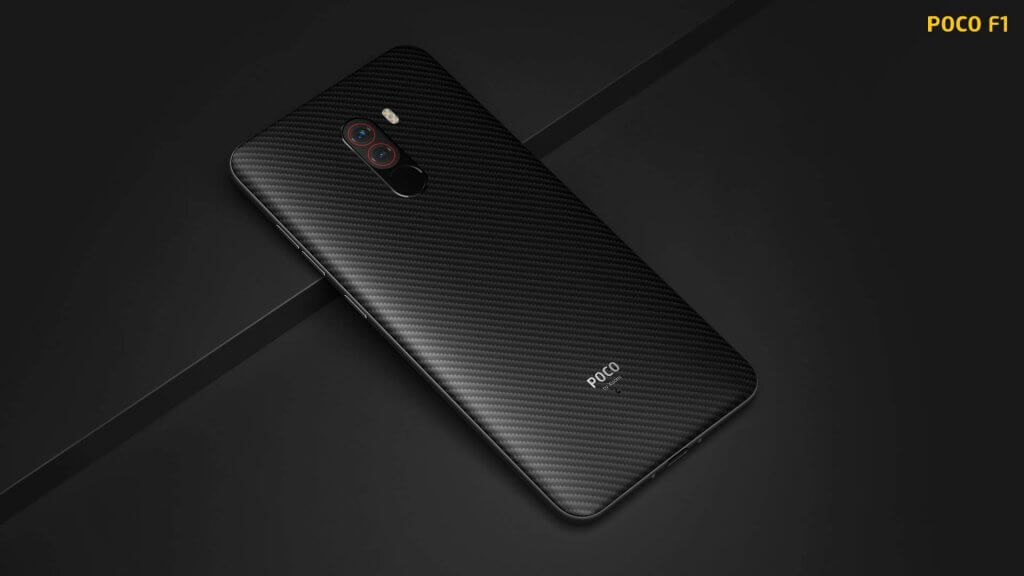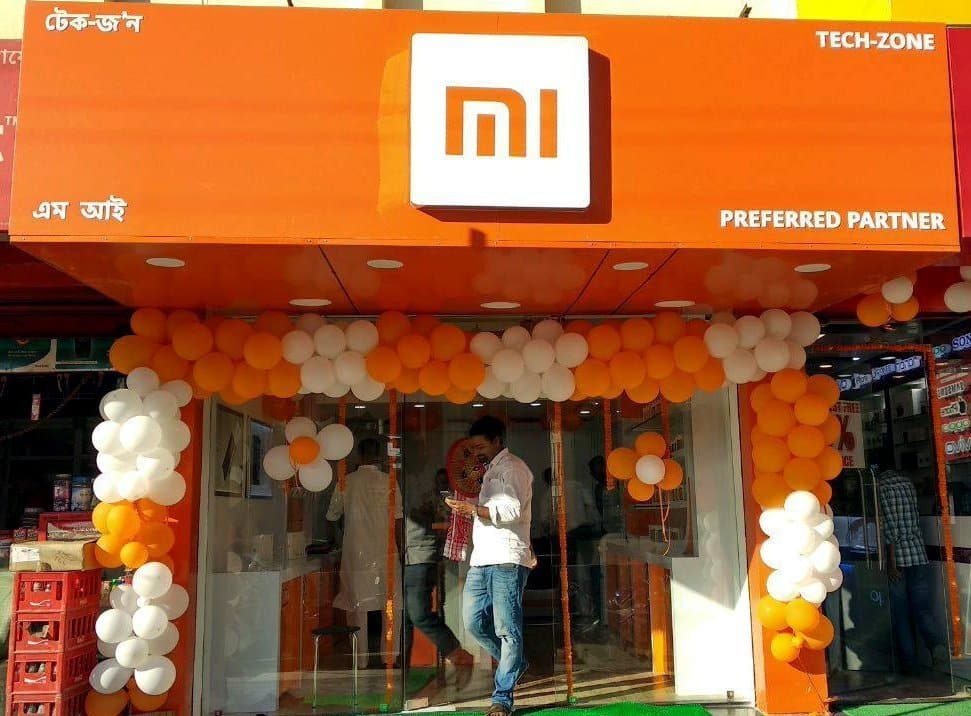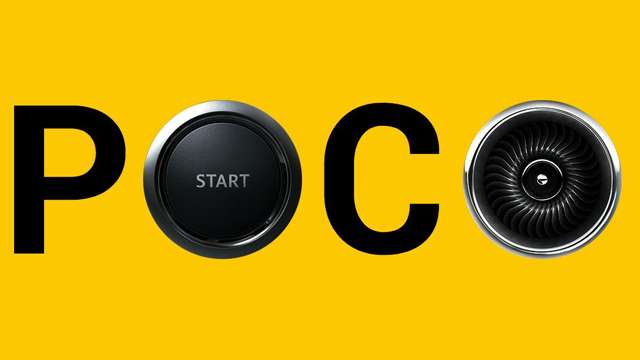After a lot of speculations, leaks, and hype, POCO – Xiaomi‘s new sub-brand has launched the POCO F1 in India and boy, was it amazing. It was exactly what I’d call my dream phone, at my dream price. I haven’t felt the same for any other devices except the OnePlus One. The POCO F1 seems to be a steal, at least on paper.
READ MORE: POCO F1 With Snapdragon 845, 6GB RAM, AI Dual Rear Cameras Launched In India At Rs. 20999!
Okay, all of that is good. But why Xiaomi created a new sub-brand? Why wouldn’t they launch the handset under regular Xiaomi branding? Why does POCO exist? Well, we will look into all these questions in this article.
Why POCO? Why Xiaomi Why?
The relationship between POCO and Xiaomi is more similar to that of Honor and Huawei, or maybe even closer than that. It is a small team from Xiaomi themselves who came up with an idea of a no-frills “Flagship Killer”, just like the guys at OnePlus did back in 2014, but in a slightly different way. But wait, wasn’t Xiaomi already making cheap flagships – the Mi 8 and Mi Mix 2S? Yes, but there are few differences.
1. POCO F1 – A Phone For Enthusiasts
If you haven’t noticed yet, the POCO F1 is a device catered towards enthusiasts. It is for those who prefer performance over anything. It is for those who push their devices to the extreme and those who want their phones to last longer.
It is for those who don’t care about the eye-popping shiny glass back panels or extra features like wireless charging or IP rating, for those who want the absolute best performance for the price they are paying. POCO themselves stated this at the launch event.

It is really difficult to keep such an enthusiast niche satisfied, especially because of the mainstream market moving away from their needs year after year. Newer flagships are thin slabs of glass which couldn’t last a day of heavy or even moderate usage and skip essentials like the headphone jack for no acceptable reason.
The problem is, the loyalty of the enthusiast community is highly dependent. They would jump boats whenever they get a better value device from other brand or the company fails to cater to their needs. Also, the number of such users are far far less than mainstream users.
ALSO READ: Here Is Why Xiaomi Phones Are Getting Confusing [TDAnalysis]
So, the point is, no manufacturer can succeed if they concentrate merely on enthusiasts, as there will be no growth in sales once it hit a saturation point. Also, these devices won’t appeal the mainstream consumers who would prefer good looking devices with added features.
OnePlus realized this quickly and managed to escape the trap. They have kind of found a balance, but with compromises and an increase in price at considerable rates. All that means it is hard to satisfy everyone, that too at a reasonable cost.

But, at present, Xiaomi is the only manufacturer who can at least try making a device for enthusiasts. That is because of their business model. Xiaomi, unlike Apple or Samsung, doesn’t make the entire profit from hardware sales, but from their ecosystem – MIUI, which depends mainly on the number of users. Due to that, it’ll be easy to keep the prices low at the same time bring the enthusiast community on-board with a device like the POCO F1.
READ MORE: 5 Best Features Of The Poco F1 You Must Know; The Mid-Range Killer?
It makes sense for Xiaomi to bring a new sub-brand to be the icon of enthusiasts rather than overcrowding its regular line-up which would confuse the customers. A new sub-brand can also take feedback from its community and bring changes according to their preferences without messing up the existing line-up.
2. UI Elements And Europe Expansion
Recently, Xiaomi expanded its portfolio to European countries. Unlike price-sensitive markets like India, Europe is much harder to conquer. One main reason preventing at least some people from switching to Chinese brands like Xiaomi is their “Apple-inspired UI”. Though it has a lot of features baked in, it also comes with its fair share of bloat.

Image Credits: AndroidCentral
POCO (Pocophone in Europe) overcomes this problem up to an extent by toning the MIUI aesthetic down a bit, brings a stock vibe to the interface keeping the MIUI beneath. That means, Xiaomi doesn’t have to ditch its iconic MIUI elements altogether but can provide a different experience to the consumers who don’t prefer it through POCO. I’m sure POCO will bring more (stock inspired) UI changes moving forward.
READ MORE: POCO Launcher (Beta) For Xiaomi (MIUI) Phones Available [APK DOWNLOAD]
3. Offline Presence
Though Xiaomi started as an online-only brand, it soon realized the importance of offline sales in countries like India and soon started finding ways to adapt to the offline market.
Now, Xiaomi sells their devices through a large number of Mi Home stores and Mi preferred partners across the country. It will not only allow the users to bypass the notorious flash sale model at the same time gets a hands-on experience before buying the device, and not to mention the peace of mind for some. The offline market had a significant contribution in making Xiaomi one of the best-selling smartphone brand in India.

But bringing devices offline has its own disadvantages. Now, the cost of the device has to cover the transportation costs, the maintenance cost of stores, salaries of employees and commissions for preferred partners. This will definitely force the manufacturer to increase the costs, which again would result in tighter competition with other brands and an eventual drop in sales. We are noticing a slight price increase in Xiaomi devices year after year, of which most of it can be resorted to offline presence.
ALSO READ: What Are Sub-Brands? What Is Its Purpose? Why And What! [TDAnalysis]
Here is where a sub-brand could help. Xiaomi is planning to keep the Poco F1 an online exclusive device in the country, which would definitely make it much harder to get, but helps to reduce the cost significantly.
Conclusion
Overall, Xiaomi seems to be in the right direction with its new sub-brand, POCO. The pricing is really aggressive and as I said earlier it is my dream phone and I’m sure it will be for many others as well. If gone well, POCO would redefine the “Flagship Killer” segment altogether, just like they did to the mid-range with their Redmi Note series.
These are the things which quickly came to my mind when I thought about POCO by Xiaomi. If you feel we missed something, tell us in the comments below. Also, don’t forget to add your thoughts about the new POCO F1 while you’re down there.
Written by Naufal AJ, edited and published by Atish Rajasekharan
BONUS VIDEO
For the latest tech news, follow TechDipper on Twitter, Facebook, Google+, Instagram and subscribe to our YouTube channel.





Leave a Reply